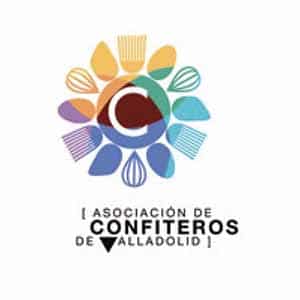- Grand Tour, a film that participates in the Official Section and is Portugal’s candidate for the Oscars, is based on the reading of a fictional diary by Somerset Maugham.
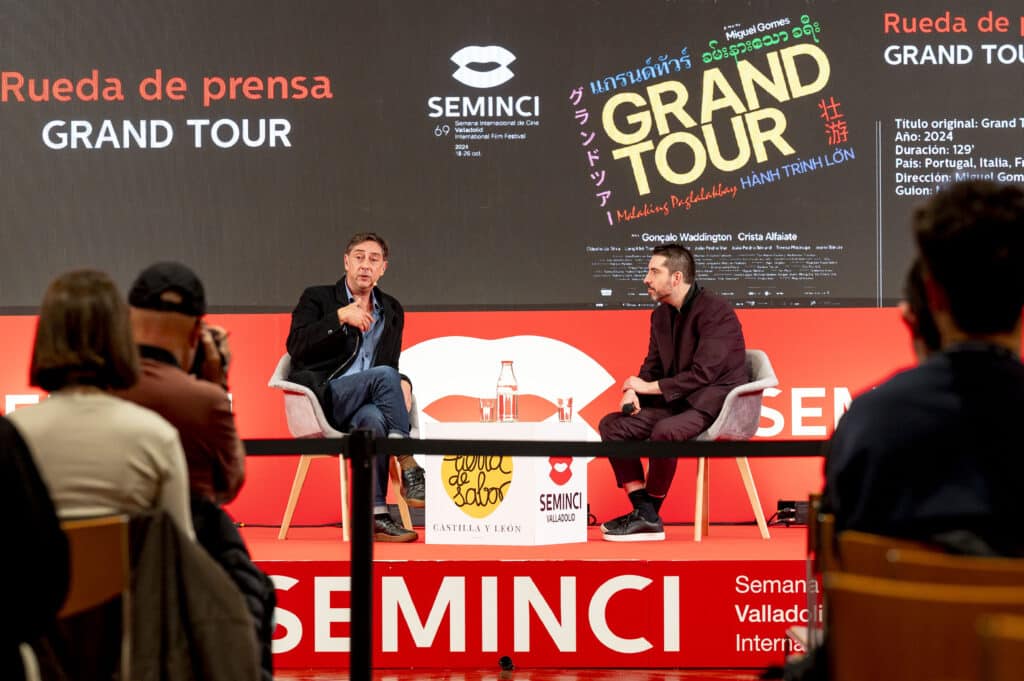
Valladolid, 20 October 2024. Miguel Gomes, a renowned Portuguese filmmaker with more than twenty years of experience, today presented the Spanish premiere of Grand Tour, a film competing for the Golden Spike at the 69th SEMINCI. The author of titles such as Tabu (2012) and Arabian Nights (2015) has returned to the Festival after having been president of the international jury at the 2018 edition. Now, with his ninth feature film, the director remains an overwhelming force in the medium, making films that give the spectator the desire to live and discover.
Grand Tour, a co-production between Portugal, Italy and France, is set in 1918 and tells the story of Edward, a civil servant in the British Empire who, on the day his fiancée Molly arrives in Burma, panics and flees to travel (the Grand Tour) through several Asian countries before getting married. Gomes takes as his starting point the reading of a fictional diary by Somerset Maugham, author of The Painted Veil and The Razor’s Edge, to develop his particular notion of adventure in this unusual work, nominated for an Oscar by Portugal.
The film was shot both in the studio and in the countries visited by its protagonist. When deciding where to shoot, Miguel Gomes said: ‘Our criterion was pleasure. Nowadays, we seem to know everything about the world. With Google Maps and its billions of images, it seems that everything has been seen. It is very difficult to be dazzled by the world, and I feel that we have to recover that. When we were confronted with a place and said ‘wow’, that’s when we felt like filming it, inventing a space within the film to capture the grace and beauty of the world’, Gomes shared.
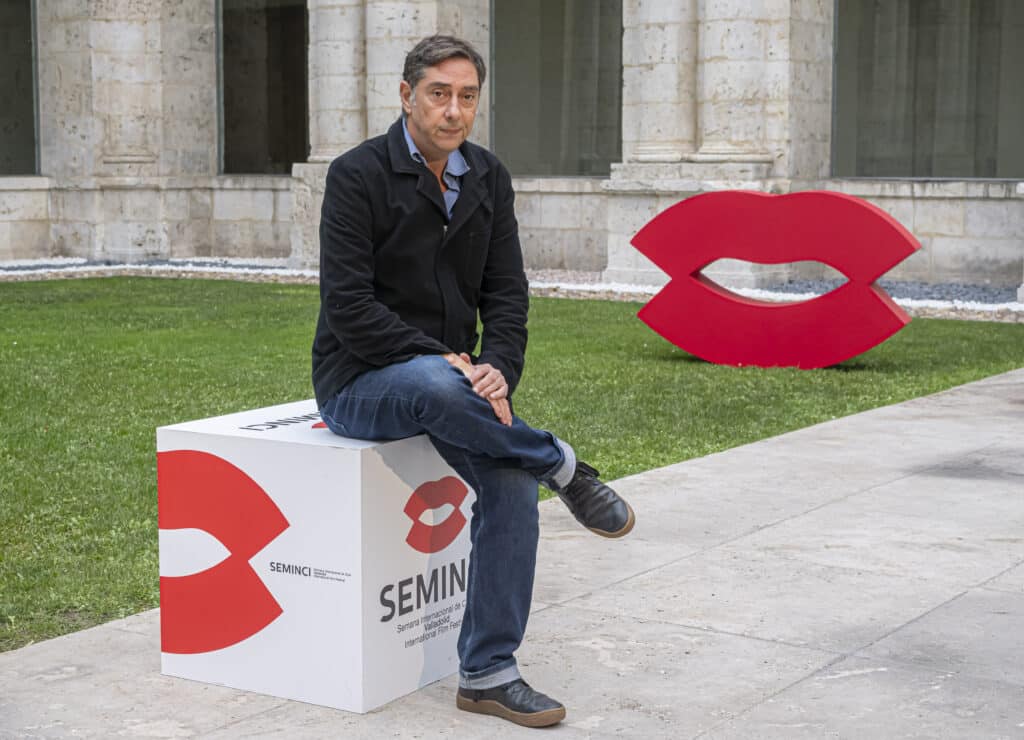
The above-mentioned did not come without challenges, such as defining the gaze with which to confront foreign territories. In this respect, the filmmaker said: ‘We wanted to work with the imaginary that has been constructed in the history of cinema, something that has varied a lot. For example, the films that Josef von Sternberg made with Marlene Dietrich in the early 1930s reflect how the West saw Asia at that time. But we also wanted to fly somewhere else. For me, making films is always an adventure, something that allows us to open the door and go out. It can be to a place far away or rather close, but in essence it’s the same thing. It’s about arriving in a place that is not your own and trying to perceive what is there, to look and discover something that makes you want to share with the spectator.
‘The great Portuguese director Manuel de Oliveira used to say that if he wanted to convey a message, he would go to the post office, which was cheaper,’ added Gomes with a laugh. ‘Cinema is not for telling; it is for sharing something. So that, hopefully, the spectator can say something for himself and reach different places as well’.
On the creative process of the film, Gomes noted: ‘I work with a group of scriptwriters who reinvent the script as we are filming. Many times the main producer tells me there are budget problems, that I can’t shoot what I have in the script. And I ask myself: What to do when this happens? I can write a poorer version of the initial script or I can invite the people who wrote it with me so that together we can reinvent the way of filming. Each day of shooting, we would finish it with a beer, talking about how we were going to shoot the next day.
He also stressed that in his work this has always been a very organic process: ‘We don’t work linearly in the sense of first writing, then shooting, then editing… In this case, we started by filming what we call the travel archive, the images of the contemporary world in Asia, before writing the first line of the script. Then we went back to Lisbon to invent the fiction from those images. That was the starting point of our adventure.
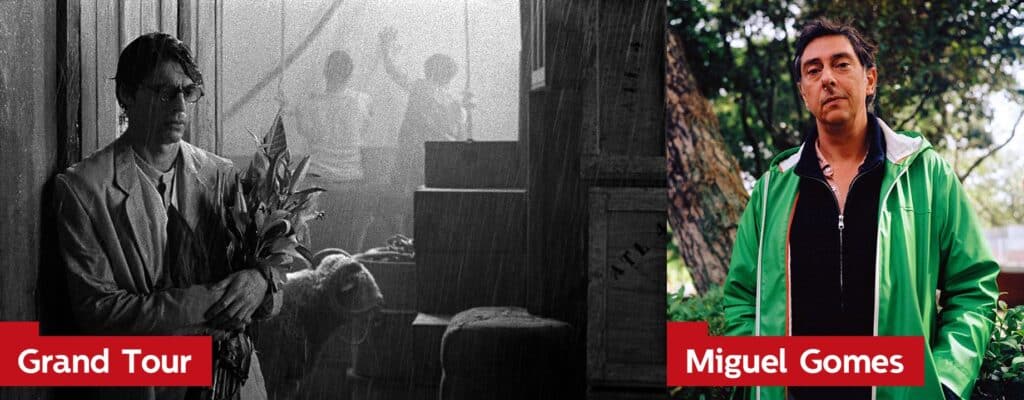
Press contact info:
983 42 64 60
prensa@seminci.com

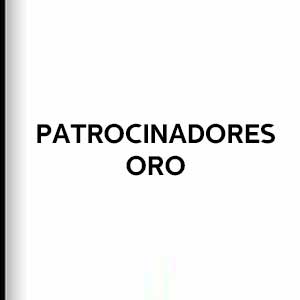



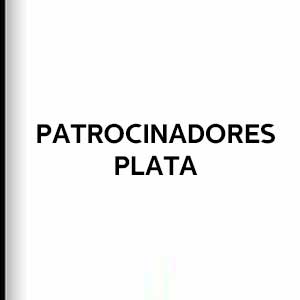



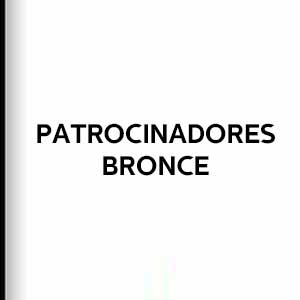









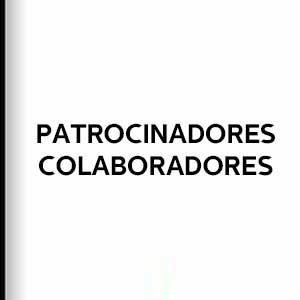


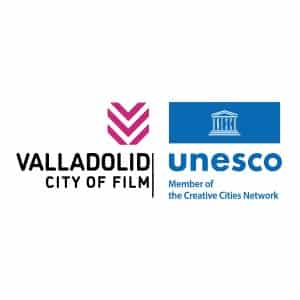
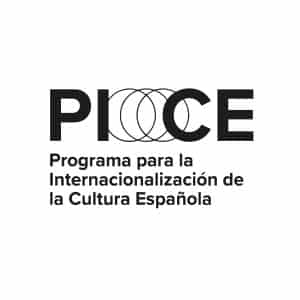
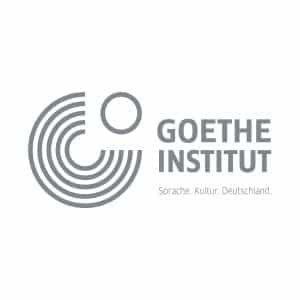

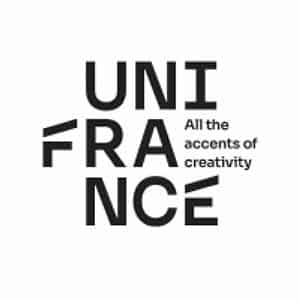
![Logo Foro Cultural de Austria Madrid[1]](https://www.seminci.com/wp-content/uploads/2024/09/Logo-Foro-Cultural-de-Austria-Madrid1-300x76.jpg)




